Why Choosing the Right Baby Clothes Matters for Sensitive Skin
October 15 2025 – Lottie & Lysh

Becoming a parent changes how you look at everything - especially the little details, like the softness of a fabric or the way a tiny label feels against your baby’s neck. You quickly realise that baby clothes aren’t just about style or cuteness. They’re about comfort, health, and protection for skin that’s still learning how to exist in the world.
At Lottie & Lysh, we see this every day in our studio. We design clothes that are gentle on delicate skin because baby skin isn’t just smaller than ours - it’s fundamentally different. Let’s look at why that matters so much, and what you should keep an eye out for when dressing your little one.
Why Is Baby Skin So Sensitive?
Your baby’s skin is thinner, more permeable, and far more absorbent than an adult’s. In fact, according to studies, a newborn’s skin barrier is about 30% thinner than an adult’s (Telofski et al, 2012). That means it loses moisture more easily and absorbs substances faster - both good and bad.
The body’s detoxification system (liver, kidneys, lymph) is also still developing, so babies can’t yet process environmental toxins as efficiently as we can. What sits on their skin isn’t just on them - it can actually be in them.
It’s why the choice of fabric, dye, and even washing powder matters. That “new clothes smell” you might love? It’s often a mix of chemical finishes, synthetic dyes, and formaldehyde-based resins used to keep fabric looking crisp in store displays. Those same residues can cause redness, rashes, or trigger eczema in newborns and infants.
The Hidden Chemicals in Babywear
Conventional baby clothing can go through a surprising number of treatments before it even reaches your home. These include:
-
Flame retardants (especially in sleepwear)
-
Anti-wrinkle or “easy-care” coatings
-
Shrink-resistant finishes
-
Waterproofing agents
-
Formaldehyde-based preservatives
-
Synthetic dyes and bleaches
These chemicals may make a garment look pristine, but they can be harsh on fragile skin and sometimes linger even after multiple washes.
Some of these substances - such as phthalates, PFCs, and azo dyes - are linked in research to allergic reactions and hormonal disruption (Dodson et al, 2012). Babies don’t have the protective layer of fully mature skin lipids, so they’re more vulnerable to absorption through the epidermis.
When you think about it, it’s not just about what’s cute - it’s about what’s safe.
Why Organic Cotton Isn’t Always Enough
“Organic” has become a buzzword in babywear, but it can sometimes be greenwashing. Many garments labelled “organic cotton” still use non-certified dyes, synthetic trims, or chemical finishing agents. Without certification, there’s no independent verification that every step of production - from farming to dyeing to printing - is genuinely toxin-free.
This is where certifications like GOTS (Global Organic Textile Standard) and OEKO-TEX® Standard 100 make a real difference.
-
GOTS covers the entire supply chain, ensuring the cotton is organically grown, processed, and dyed without harmful chemicals. It also checks labour conditions and environmental management.
-
OEKO-TEX® tests the final fabric to ensure it’s free from over 100 potentially harmful substances.
If a brand doesn’t mention these certifications, it doesn’t necessarily mean their clothes are unsafe - but it does mean you’re relying on their word alone.
At Lottie & Lysh, our fabrics are OEKO-TEX® certified, and some are GOTS-certified too. We work with trusted UK and European suppliers who share our commitment to safety, sustainability, and transparency.
👉 You can read more about how we got started, and why we choose the fabrics we do over on our Ethically Handmade Children's Clothing page.
Common Skin Conditions Linked to Baby Clothing
Because baby skin is so absorbent, fabrics and dyes can play a direct role in flare-ups of common conditions such as:
-
Eczema – worsened by friction, synthetic fibres, and chemical residues.
-
Contact dermatitis – often triggered by dyes, detergents, or chemical finishes.
-
Heat rash – caused by non-breathable fabrics trapping moisture and warmth.
Soft, breathable fabrics like cotton jersey allow air circulation and natural moisture regulation. The difference between synthetic and natural fibres isn’t just comfort - it’s often the difference between calm skin and irritation.
We’ve had countless parents tell us their baby’s eczema improved simply by switching to our buttery-soft jersey rompers or baby sleepsuits made from certified materials. Sometimes, small changes make the biggest difference.
What to Avoid When Shopping for Baby Clothes
If you’re scanning clothing tags or product listings, here’s what to keep an eye out for:
🚫 Avoid:
-
“Flame retardant” or “treated for fire safety”
-
“Anti-wrinkle,” “easy-care,” or “stain-resistant”
-
High percentage synthetic fabrics like polyester or nylon for sleepwear
-
Harsh chemical laundry detergents or softeners
✅ Look for:
-
OEKO-TEX® or GOTS certification
-
Soft, breathable fabrics (cotton, bamboo, or organic jersey with low percetnage elastane for stretch)
-
Minimal seams, non-scratchy labels, and nickel-free fastenings
-
Handmade or small-batch production (less chemical mass-finishing)
If you’re unsure, always ask. Brands that are proud of their ethics and materials will be transparent - it’s part of who they are.
Choosing Ethical, Skin-Friendly Baby Clothes
At Lottie & Lysh, we create ethical baby clothes that are safe for sensitive skin, stylish enough to be keepsakes, and handmade in our Cornish studio.
Each romper, sleepsuit, and jacket is made from fabrics tested for safety and softness - never chemically treated, never mass-produced.
If you’re shopping for gentle, UK-made pieces that put comfort and care first, explore:
Because dressing your baby shouldn’t come with a chemical warning label.
In Summary
Your baby’s skin is their first line of defence - and it deserves protection. Choosing clothing made from clean, certified, and natural fabrics helps support that barrier while reducing exposure to toxins.
When in doubt, keep it simple. Choose breathable materials, ethical brands, and certifications that prove their worth. Because your baby’s comfort and health are worth more than a marketing label.
Learn More
On-Page FAQs
Quick answers for parents of little ones with sensitive skin.
Why is baby skin more sensitive than adult skin?
Baby skin is around 30% thinner than adult skin, meaning it absorbs substances more easily and loses moisture faster. It is also still developing its natural protective barrier.
How can I tell if baby clothes are safe for sensitive skin?
Look for certifications like OEKO-TEX® or GOTS, avoid chemically treated fabrics, and choose breathable materials like cotton jersey or bamboo.
Are all organic baby clothes safe?
Not necessarily. “Organic” can be used loosely without certification. Always check for GOTS or OEKO-TEX® labels to ensure full production safety.
About the Author
Lottie Stokes is the founder of Lottie & Lysh, an award-winning ethical children’s brand based in Cornwall. A mum, maker, and advocate for slow fashion, she started L&L to create baby and kids’ clothes that are as kind to skin as they are to the planet. When she’s not in the studio sewing or designing new prints, she’s probably at the beach with her son or planning her next sustainable fabric drop.
References
Dodson RE, Nishioka M, Standley LJ, Perovich LJ, Brody JG, Rudel RA. Endocrine disruptors and asthma-associated chemicals in consumer products. Environ Health Perspect. 2012 Jul;120(7):935-43. doi: 10.1289/ehp.1104052. Epub 2012 Mar 8. PMID: 22398195; PMCID: PMC3404651.
Telofski LS, Morello AP 3rd, Mack Correa MC, Stamatas GN. The infant skin barrier: can we preserve, protect, and enhance the barrier? Dermatol Res Pract. 2012;2012:198789. doi: 10.1155/2012/198789. Epub 2012 Sep 4. PMID: 22988452; PMCID: PMC3439947.
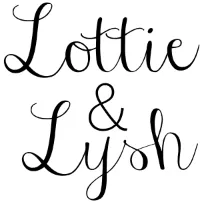
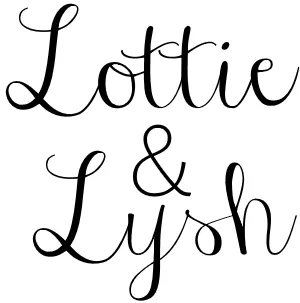



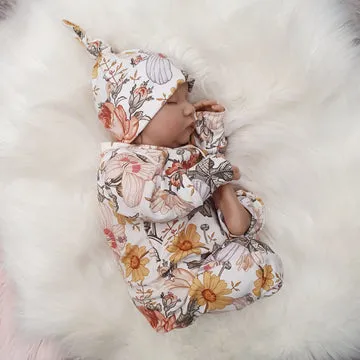
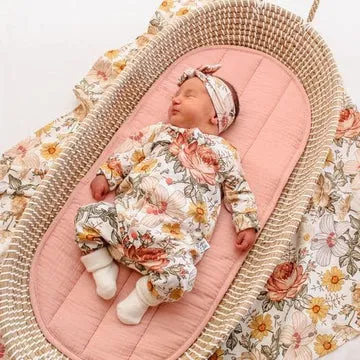
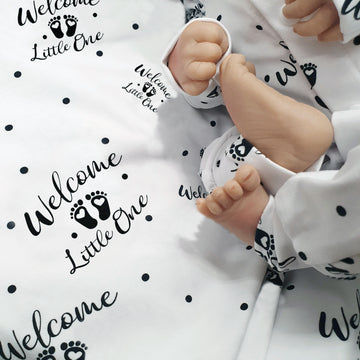

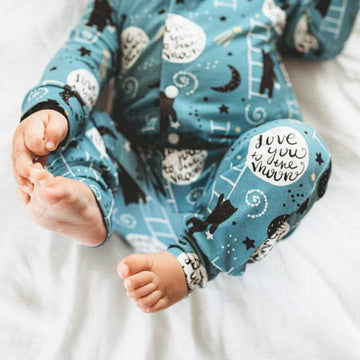
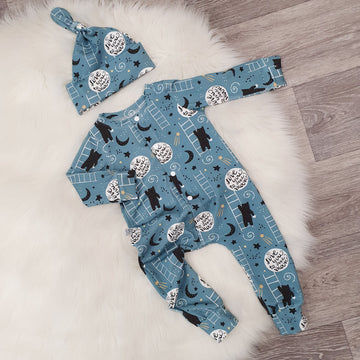
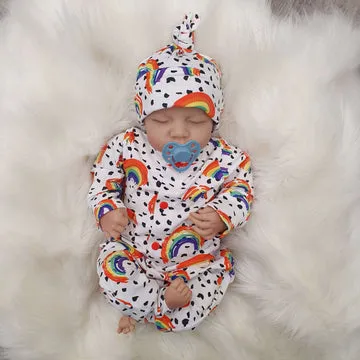
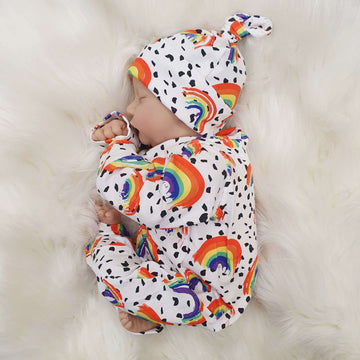
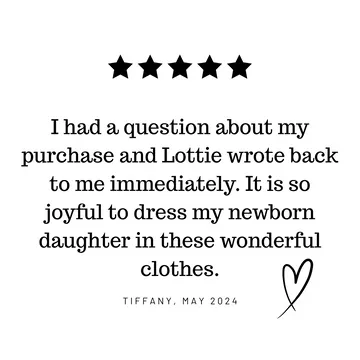
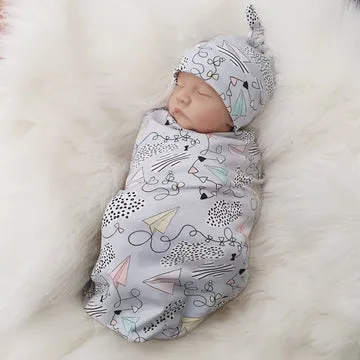
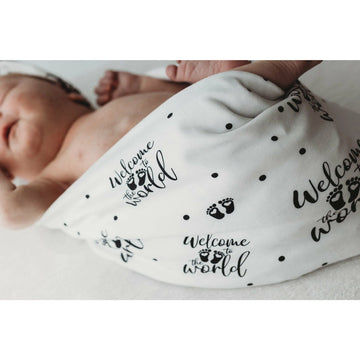
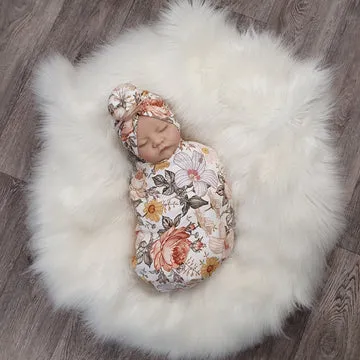
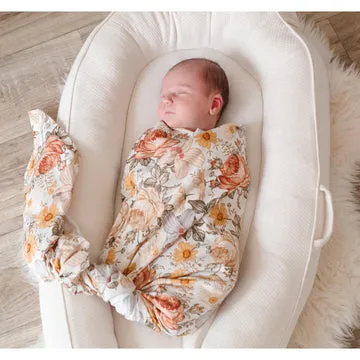
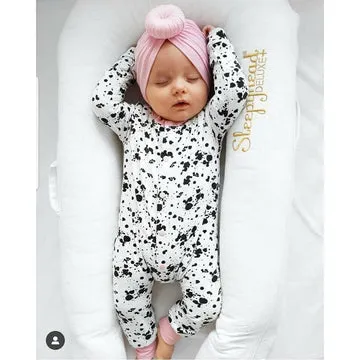
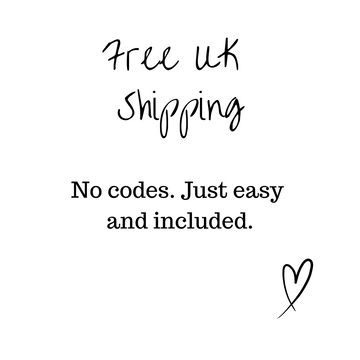
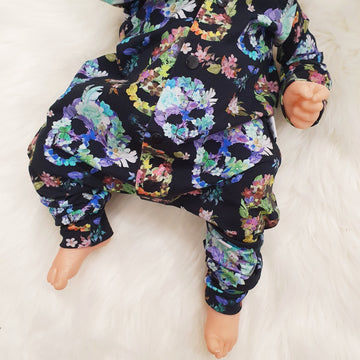
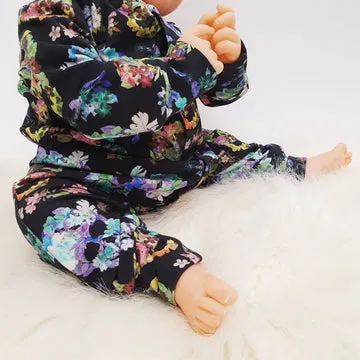
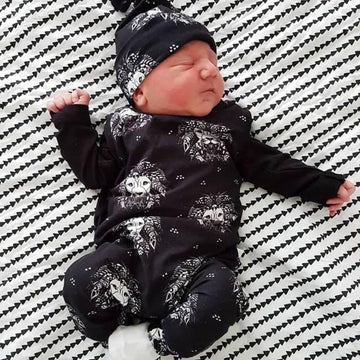
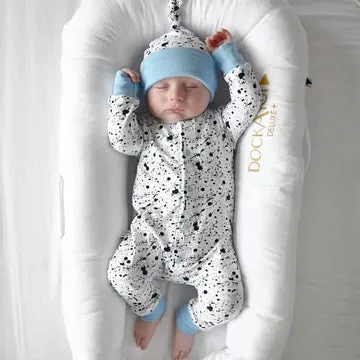
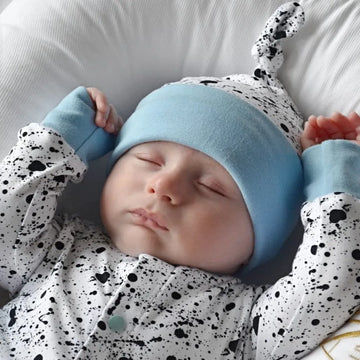
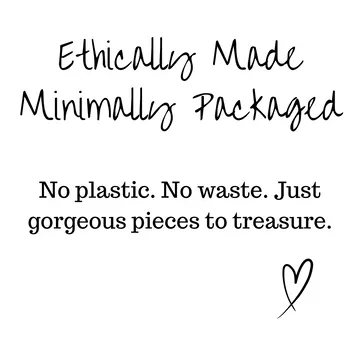
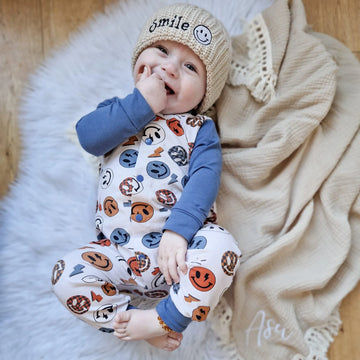
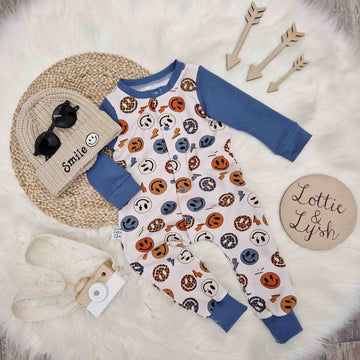
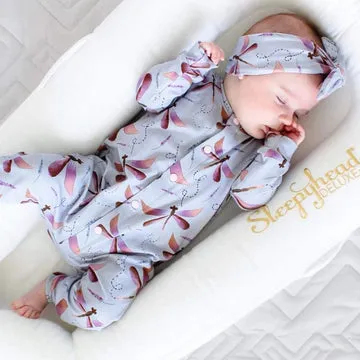
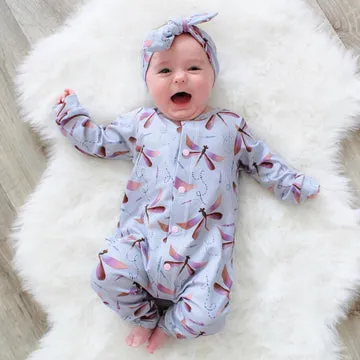
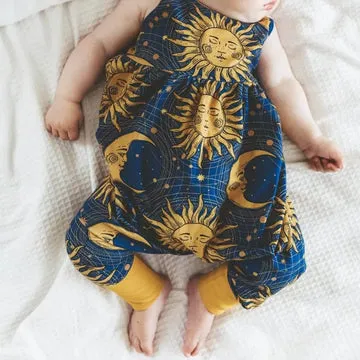
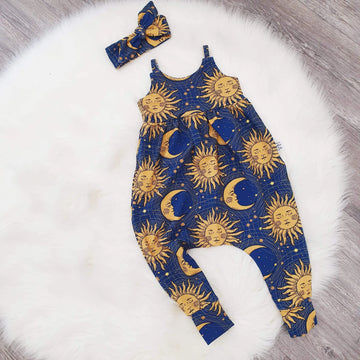
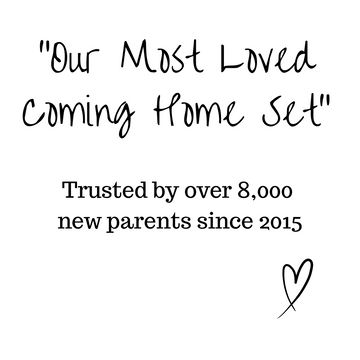
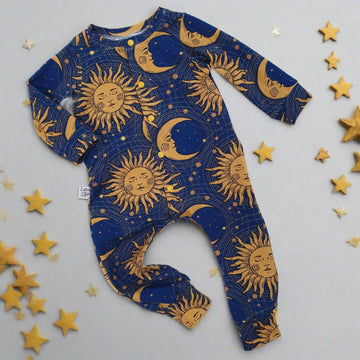
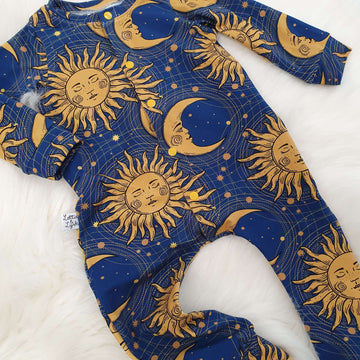
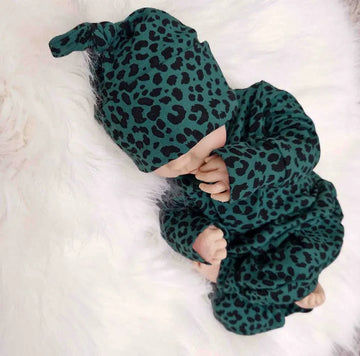
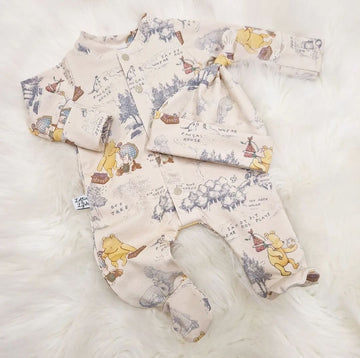
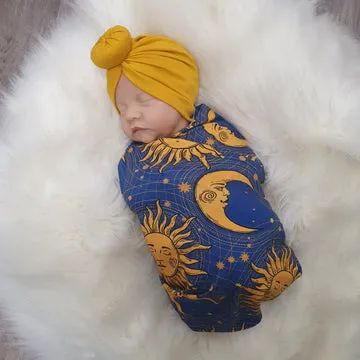
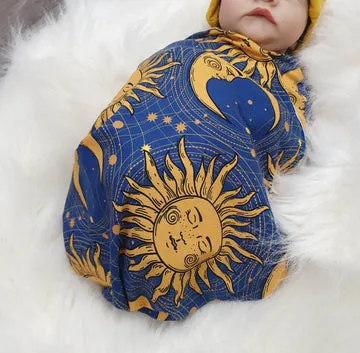
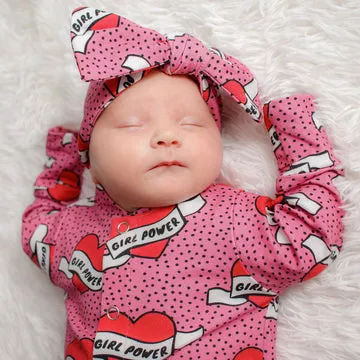
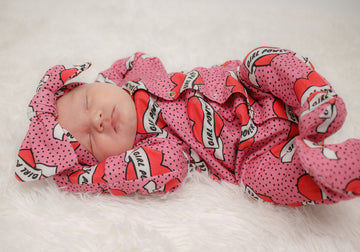
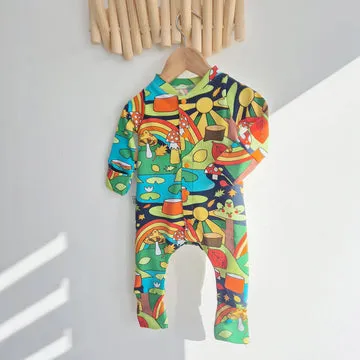
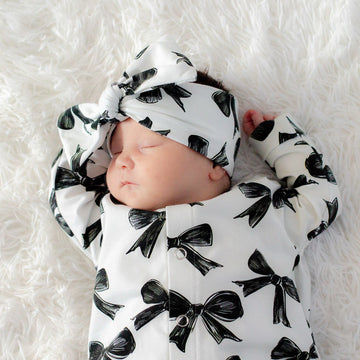
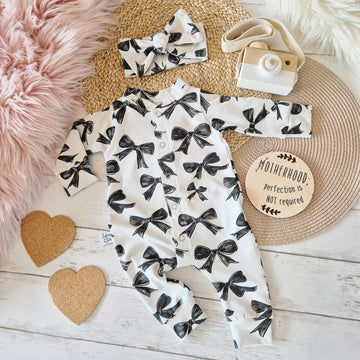
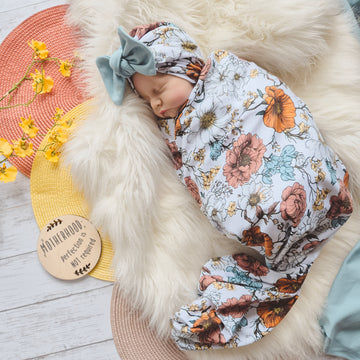
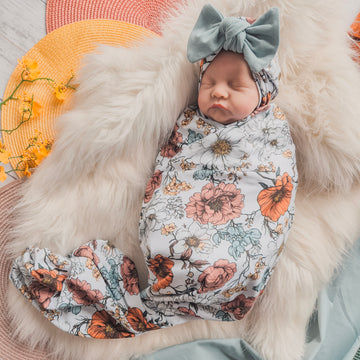
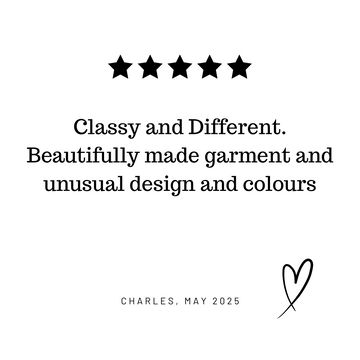


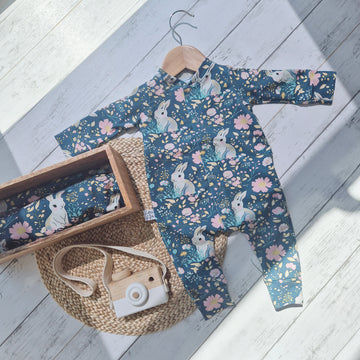
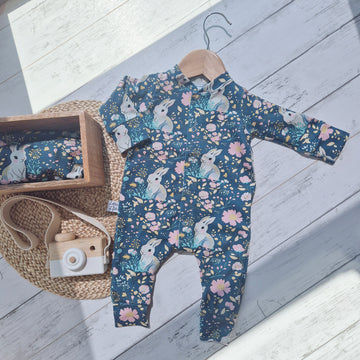
1 comment
I am one! I am one of those parents who saw the difference these clothes made, almost immediately. I made the mistake of thinking the ‘anti-wrinkle’ labels meant super soft and kind to skin and also embarrassed to admit I lagged the clothes in fabric softener too. My babies skin was literally awful. Then I made the switch and never looked back. Her wardrobe is 80% Lottie & Lysh and other small handmade brands and her skin has never looked better. It’s not completely solved all our woes, but the high-level irritation has gone, and I can tell she is comfy not itchy and sad.